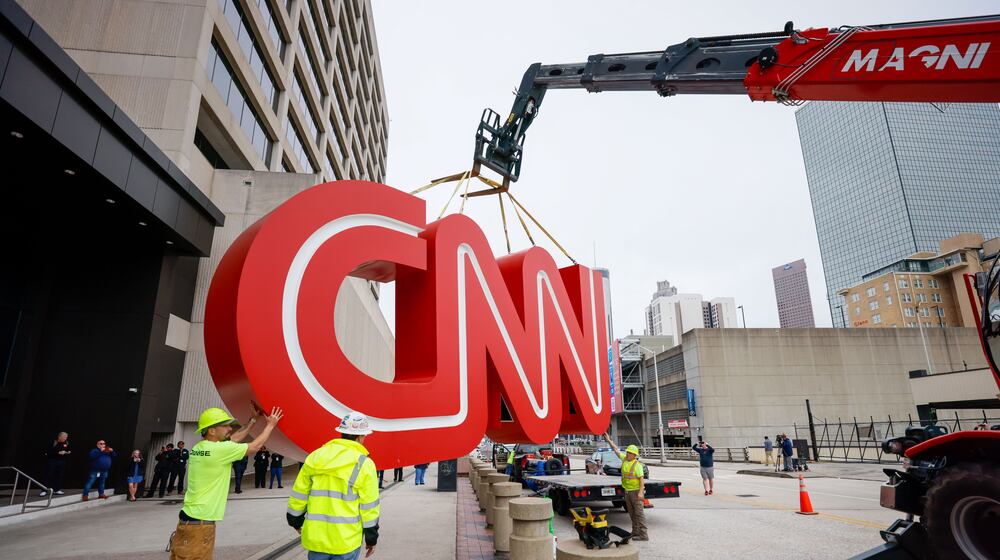Cities with fastest rising prices in past year
Miami up 10.5 percent
Las Vegas up 10.1 percent
San Francisco up 9.0 percent
Dallas up 7.3 percent
Portland up 7.2 percent
Detroit up 7 percent
Los Angeles up 6.8 percent
Seattle up 6.6 percent
Denver up 6.3 percent
San Diego up 6.2 percent
Tampa up 5.5 percent
Atlanta up 5.3 percent
Source: S&P/Case-Shiller Home Price Indices
myAJC.com
Log on to our premium website to read more exclusive coverage about Atlanta’s recovering housing industry, content you can only find at www.Myajc.com/business.
Metro Atlanta home prices finished the summer still rising, but the pace of climb has continued to slow, according to a closely-watched report issued Tuesday.
Paralleling the national pattern, Atlanta’s average home prices in August were up 0.4 percent from the month before and up 5.3 percent from a year earlier, just slightly above the average increase nationally, reported the S&P/Case-Shiller Home Price Index.
But for the 10th consecutive month, the region’s price rise was slightly less than in the month before — a pattern duplicated nationally, said David Blitzer, chairman of the index committee at S&P Dow Jones Indices. “The deceleration in home prices continues.”
Nationally, the index rose 5.1 percent over the year.
Atlanta’s rate of increase for the year was the 12th-fastest pace among the nation’s 20 largest metropolitan areas, according to S&P/Case-Shiller.
Miami, with a 10.5 percent increase, had the fastest growth over the year. Only one other metro area was in double digits: Las Vegas, with a 10.1 percent rise.
The national average was up 0.6 percent in July and just 0.2 percent in August, Case-Shiller reported.
The market is becoming more stable and that’s good, said Stan Humphries, chief economist for Zillow, a national real estate firm. “We’re transitioning away from a period of hot and bothered market activity … onto a more slow and steady trajectory, which is great news. In housing, boring is better.”
The Case-Shiller index, created by two prominent economists, is perhaps the most high-profile of the monthly reports on national home prices. But it has its own quirks.
The index does not track new home sales and uses a three-month average. It focuses on data that are not adjusted to account for seasonal differences. It makes no allowance for differences in size or location or, for that matter, history: It calculates the resale of a foreclosed home the same as any other.
Some critics say that Case-Shiller exaggerated the speed of recovery.
According to Case-Shiller, Atlanta prices bottomed out two years ago and were enjoying double-digit increases within a few months. Prices last October were 19 percent higher than a year earlier, Case-Shiller said. But since then, the price increases have been shrinking.
And since Case-Shiller doesn’t shine much light on areas where there are few home sales, the index doesn’t reflect how much of metro Atlanta’s market continues to struggle.
Much of the market remains depressed – especially on the south side of the city and in Clayton County. Yet much of the city has strong demand, so “it is hard to generalize,” said Ben Hirsh, broker and Realtor at Hirsh Real Estate Specialists in Buckhead.
“If somebody tells you it’s an awesome market, that just means they had a good week,” he said.
For months, brokers have complained that there weren’t as many homes for sale as buyers. They said that was the reason for the rising prices. But it’s not just the number of sale homes, it is also the number of potential buyers in any one area. And in Buckhead, neither of the contending market forces has a large advantage, Hirsh said.
“I think it’s a balanced market to the point of being painful.”
Debbie Jones-Kelly, broker with DJK-Realtors, said she did not see demand dip along with the mercury – at least in the in-town neighborhoods like Grant Park.
“There are lots of buyers still looking for houses. I’ve got people looking for houses, and I’ve got houses under contract. It’s a good fall market.”
More than seven years after the burst of the housing bubble – followed by hundreds of thousands of defaults and foreclosures – lenders are still skittish. Not enough to stymie the market, but enough to slow down buyers on their way to a sale.
“The lending side of the equation is still really tough,” Jones-Kelly said. “The rules have gotten so stringent – you have to be a really strong borrower. I have a client … They are putting down 40 percent of the price and they are still having to jump through the hoops.”
About the Author





